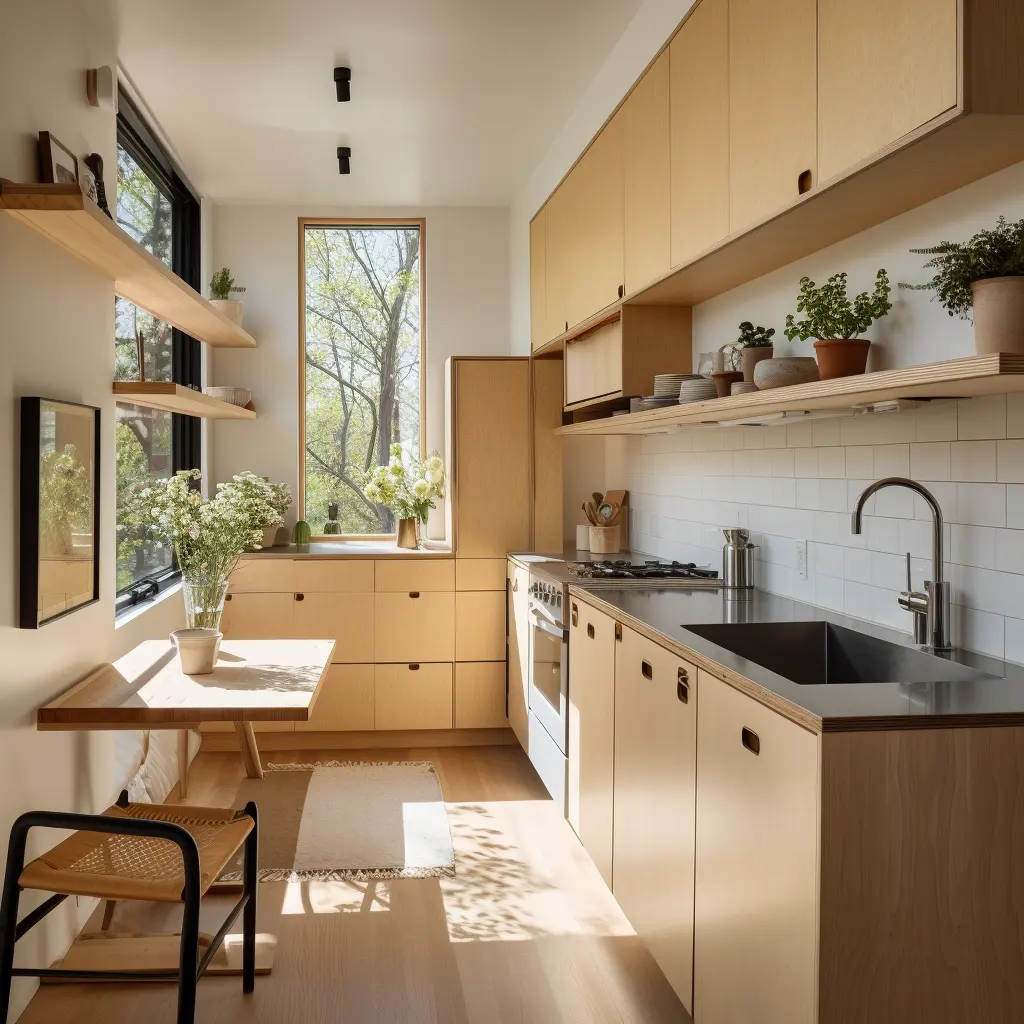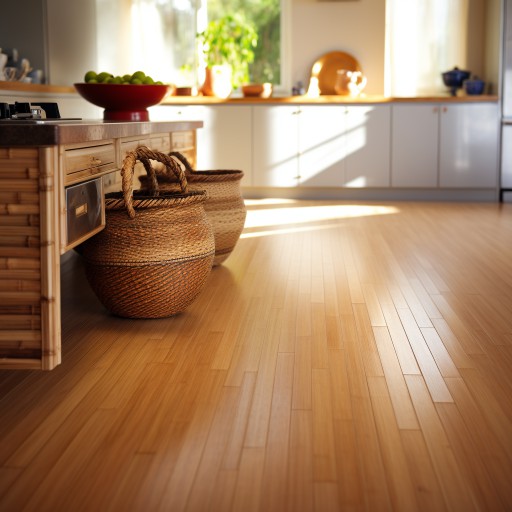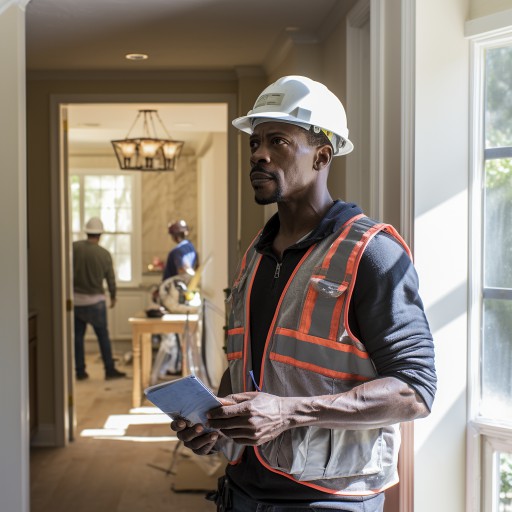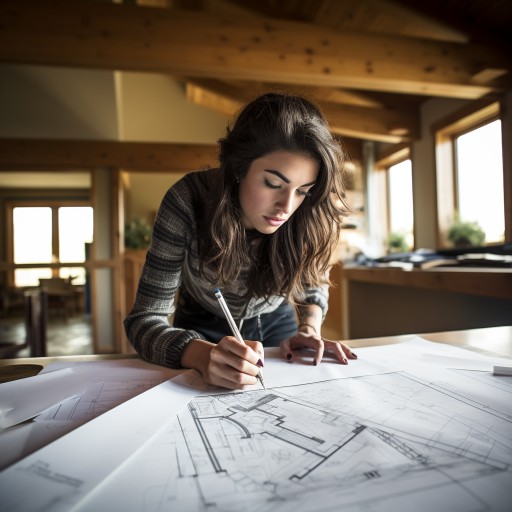How to Design a House

co-founder
- Determine Your Needs and Goals
- Set a Realistic Budget
- Choose the Right Professionals
- Select the Perfect Site
- Develop Your Floor Plan
- Choose the Right Materials
- Focus on the Exterior Design
- Plan the Interior Design
- Review and Revise Your Design
- Obtain Permits and Begin Construction
Designing a house can be an exciting yet daunting endeavor, particularly for first-time homeowners. Knowing where to start is crucial to ensure a smooth process and a final result that reflects your vision and meets your needs. There are some essential steps and considerations for designing a house that you'll want to go through before you dive in too dep, helping you create the perfect space for you and your family. Your future self will thank you.
Determine Your Needs and Goals
Before diving into the design process, take the time to assess your needs, goals, and lifestyle – the principals of home design. Consider factors such as the number of bedrooms and bathrooms, desired layout, storage requirements, and outdoor living spaces. Evaluate your current living situation and identify what works and what doesn't, as well as any future needs, like space for a growing family or aging in place. Establishing a clear vision of your ideal home will provide a solid foundation for the design process.
Set a Realistic Budget
Establishing a budget is a crucial step in the home design process. Consider not only the construction costs but also additional expenses like land purchase, permits, and utility connections. Be prepared for unforeseen costs, and set aside a contingency fund of at least 10% to 15% of your overall budget. Research financing options early and get pre-approved for a loan to make the process smoother.
Choose the Right Professionals
Assembling the right team of professionals is essential to bring your dream home to life. Key players include an architect or residential designer, a builder, and potentially an interior designer or landscape architect. Take the time to research and interview potential candidates, reviewing their portfolios, references, and experience. Choose professionals who align with your vision, communication style, and budget.
Select the Perfect Site
Where should you put your home on the site? The location of your home a significant role in its overall design and functionality. Research potential home sites, considering factors like access to utilities, schools, transportation, and amenities. Investigate any potential challenges related to topography, soil conditions, and drainage. Keep in mind local zoning regulations and building codes, as these may impact your design choices.
Develop Your Floor Plan
A well-designed floor plan is the backbone of a functional and comfortable home. Work closely with your architect or designer to create a layout that balances aesthetics and practicality. Focus on elements such as traffic flow, room placement, natural light, and views. Consider energy efficiency and sustainability in your design, opting for features like solar panels, energy-efficient windows, and high-quality insulation. When developing your floor plan, think about both current and future needs. Design spaces that can adapt to your changing lifestyle, such as flexible rooms that can serve multiple purposes or accommodate future expansion.
Choose the Right Materials
Selecting the right materials for your home is crucial for durability, maintenance, and aesthetics. Research the pros and cons of different materials, and consult with your builder and architect to make informed decisions. Balance initial costs with long-term benefits, such as energy efficiency, durability, and low maintenance requirements.
Focus on the Exterior Design
The exterior of your home sets the tone for the overall design and plays a significant role in curb appeal. Consider the architectural style, siding materials, roofing, and landscaping. Ensure that the exterior design complements the surrounding environment and reflects your personal taste. Collaborate with your architect and landscape designer to create a harmonious and visually appealing exterior that enhances your home's overall aesthetic.
Plan the Interior Design
As you design your home, don't forget to plan the interior design elements. This includes selecting color schemes, flooring materials, cabinetry, countertops, fixtures, and lighting. These elements should work together to create a cohesive and inviting space. Work with an interior designer if necessary to help you make the right choices and bring your vision to life.
Review and Revise Your Design
Once your design plans are complete, review them carefully with your architect and builder. This is the time to make any necessary adjustments and ensure that everything aligns with your vision and budget. Be prepared to revise and refine your design until you are satisfied with the final result.
Obtain Permits and Begin Construction
With your design plans finalized, it's time to obtain the necessary permits and begin construction. Work closely with your builder to ensure that your home is built according to your specifications and adheres to local building codes and regulations. Stay involved throughout the construction process to address any issues or concerns that may arise.
Designing a house can be a rewarding and fulfilling experience when you know where to start and have the right guidance. By following these essential steps and considerations, you'll be well-equipped to create a beautiful, functional, and comfortable home that meets your needs and reflects your unique style. With careful planning, collaboration with professionals, and attention to detail, you can make your dream home a reality and enjoy a living space that truly feels like your own.

Renovate with EcoHome
EcoHome empowers homeowners to confidently build healthy and comfortable homes for a fair price.
Sign UpLocations View All →
NY
- Albany
- Binghamton
- Buffalo
- Esopus
- Freeport
- Hempstead
- Highland
- Kingston
- Long Beach
- Marlboro
- Mount Vernon
- New Paltz
- New Rochelle
- New York City
- Niagara Falls
- North Tonawanda
- Olivebridge
- Plattekill
- Rochester
- Rome
- Saugerties
- Schenectady
- Shandaken
- Syracuse
- Troy
- Utica
- Valley Stream
- Wallkill
- Woodstock
- Yonkers
NJ
- Bayonne
- Brick
- Camden
- Cherry Hill
- Clifton
- East Orange
- Edison
- Elizabeth
- Jersey City
- Lakewood
- Middletown
- Newark
- Old Bridge
- Passaic
- Paterson
- Toms River
- Trenton
- Union City
- Woodbridge
CT
PA
- Allentown
- Altoona
- Bethel Park
- Bethlehem
- Chester
- Easton
- Harrisburg
- Hazleton
- Lancaster
- Lebanon
- Monroeville
- Philadelphia
- Pittsburgh
- Reading
- Scranton
- Wayne
- Wilkes Barre
MD
- Abingdon
- Baltimore
- Bethesda
- Bowie
- Columbia
- Dundalk
- Ellicott City
- Frederick
- Gaithersburg
- Germantown
- Glen Burnie
- Potomac
- Rockville
- Severn
- Silver Spring
- Towson
- Waldorf



